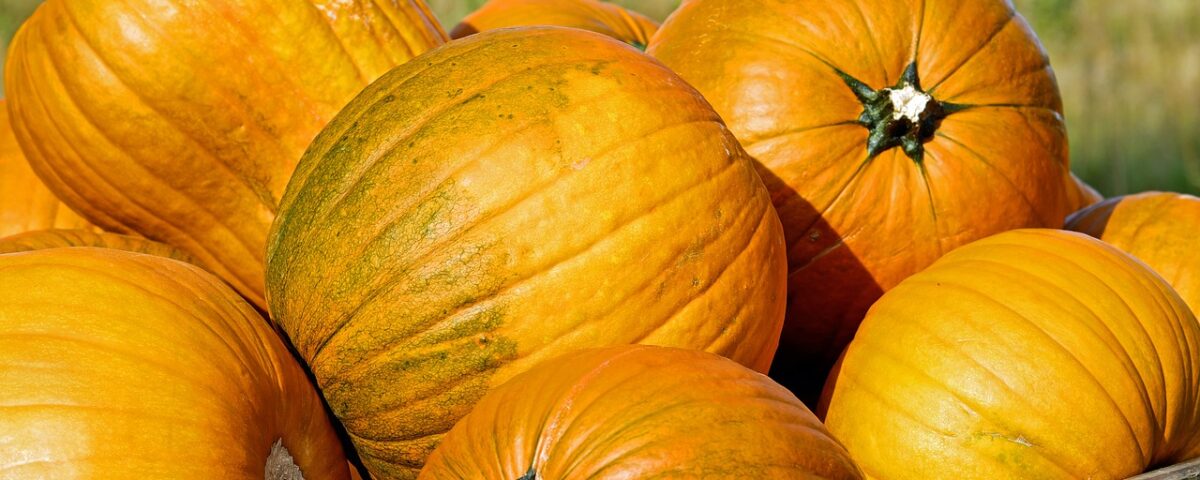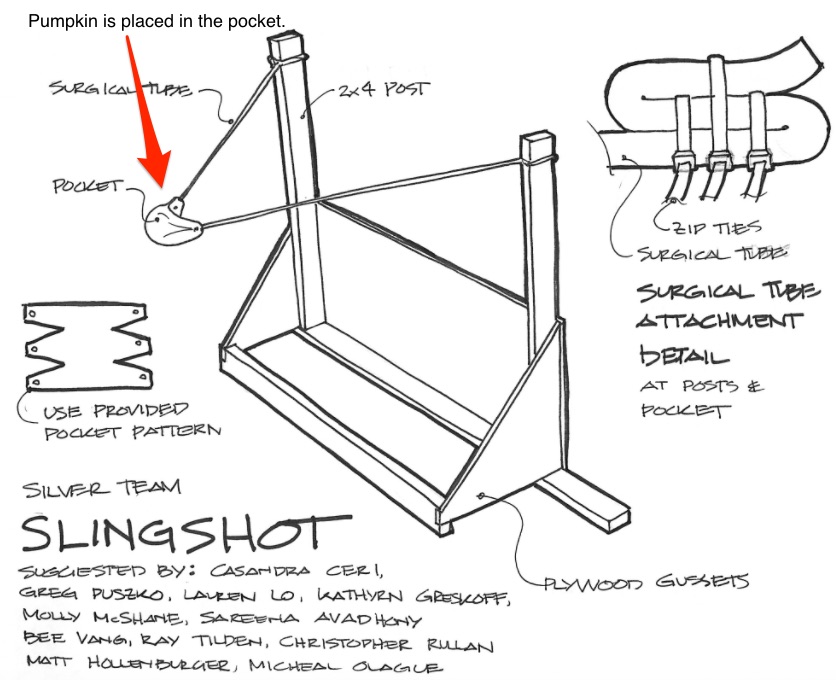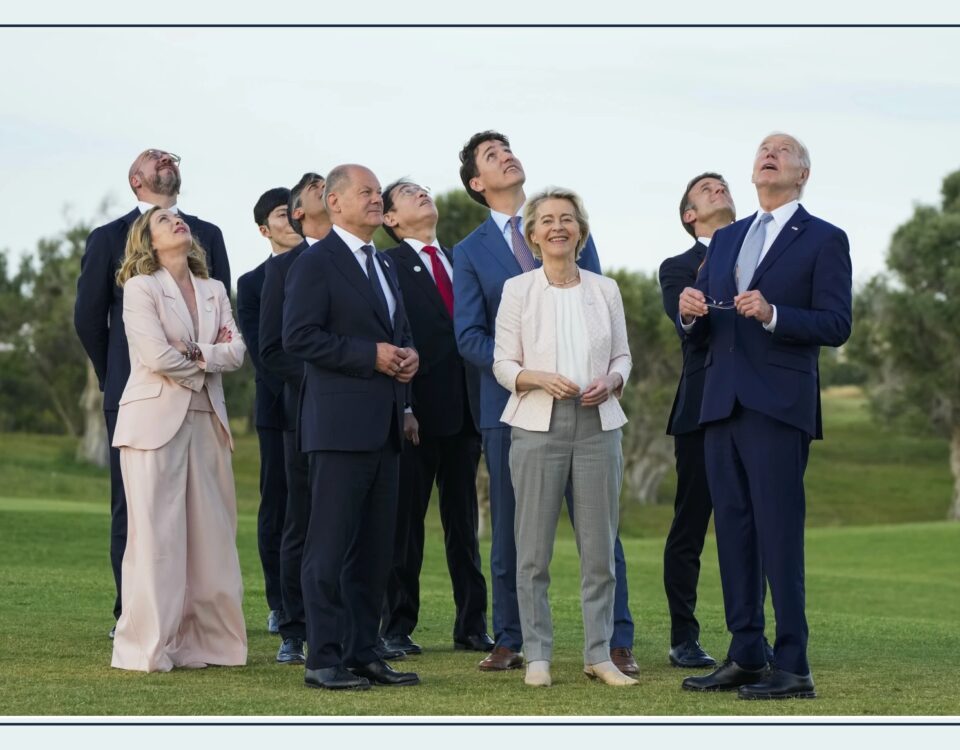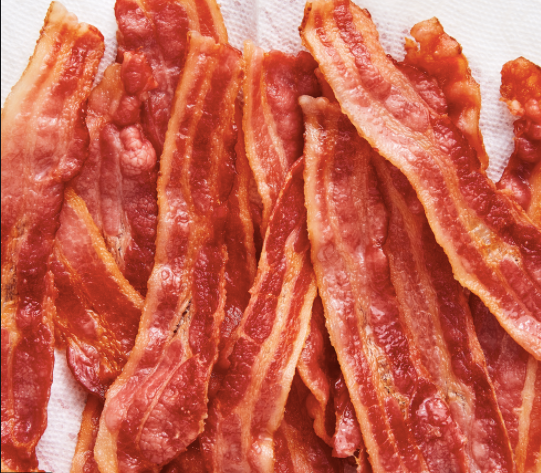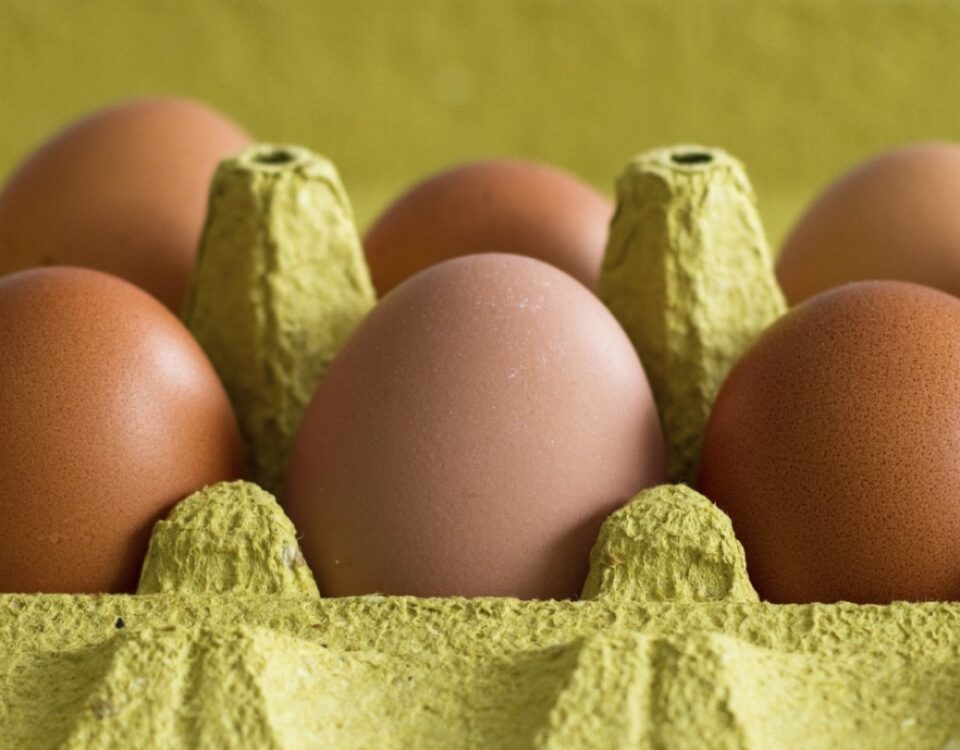
How Netflix is Like Starbucks
October 16, 2022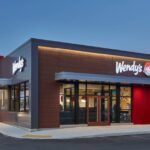
How to Choose a Drive-Thru
October 18, 2022My local farm–Wightman’s–attracts hundreds of families during fall weekends with hayrides, apple picking, and a pumpkin slingshot.
Where are we going? To the All Access Pass and then the slingshot.
Farm Festival Prices
Economists would have a field day at my local farm. The incentives come right out of Econ 101.
For starters, parking is free. With no public transportation to the farm, we need the incentive to drive a car. Then, once you arrive, for $25, you purchase an All Access Pass. Sold to each person older than three, the pass is not quite all access. It does get you into the apple picking orchard where you are given a reusable tote bag. Then you have to pay for the apples that I assume you place in your new bag. The pass also gets you unlimited hayrides. However, after each ride, you have to exit and stand in line before going again. For that first ride, you get a pumpkin–just one–no more. You also can watch your kids navigate the corn mazes and use the picnic area for which you might want to buy the food that is being sold. (I recommend their doughnuts.) And finally, on “Discount Fridays, the All Access Pass is 20 percent cheaper.
Lastly, we could go to the Pumpkin Slingshot. Not included in the $25 package, it will cost you $1 for each try or $20 for 25 tries. If your pumpkin hits a bell or lands in a barrel, you get a free pumpkin. Hoping to win, some people buy 25 tries. (Perhaps the law of demand boosts business. After all, when price drops, the quantity we want to buy rises.)
The Pumpkin Slingshot:
Our Bottom Line: Incentives
You can see the incentives. We want the free parking. The apple bag lets us pick more apples that we pay for. Because the utility of the second hayride cascades with the repeated wait in line, we do it once. On a beautiful fall day, we will go to the picnic tables and buy food at the concession stands. So yes, the pass creates the incentive to stay for several hours or as long as we want. At the same time, the incentives encourage us to maximize what we spend and minimize the activities that could overload if people want them multiple times.
Economist Alfred Marshall (1842-1924) would tell us that it all happens at the margin.
Alfred Marshall was the first economist to look at the significance of the margin. Defined as where you start to use extra, the margin determines your incentives. At Wightman’s, price and time are the cost considerations that determine how much extra we do. They shape our decsions at the margin.
Marginal analysis was Alfred Marshall’s gift to economics. He let us see that the cost of something extra is the key to understanding demand- and supply-side behavior.
My sources and more: For the pumpkin half of my research, Wightman’s Farm and the Hustle were my go-to for the facts. Then, the ideal complement was Timothy Taylor’s Alfred Marshall discussion in his Legacies of Great Economists.
![econlifelogotrademarkedwebsitelogo[1]](/wp-content/uploads/2024/05/econlifelogotrademarkedwebsitelogo1.png#100878)

